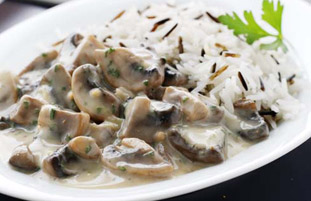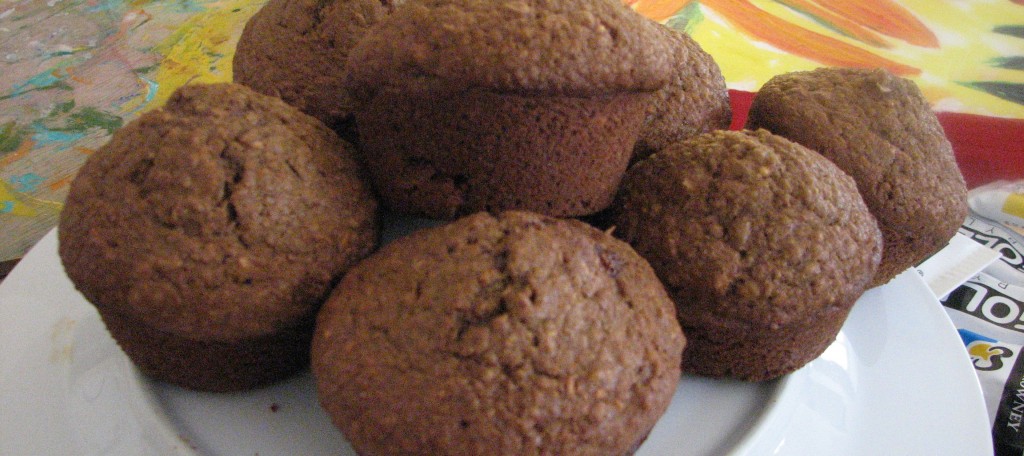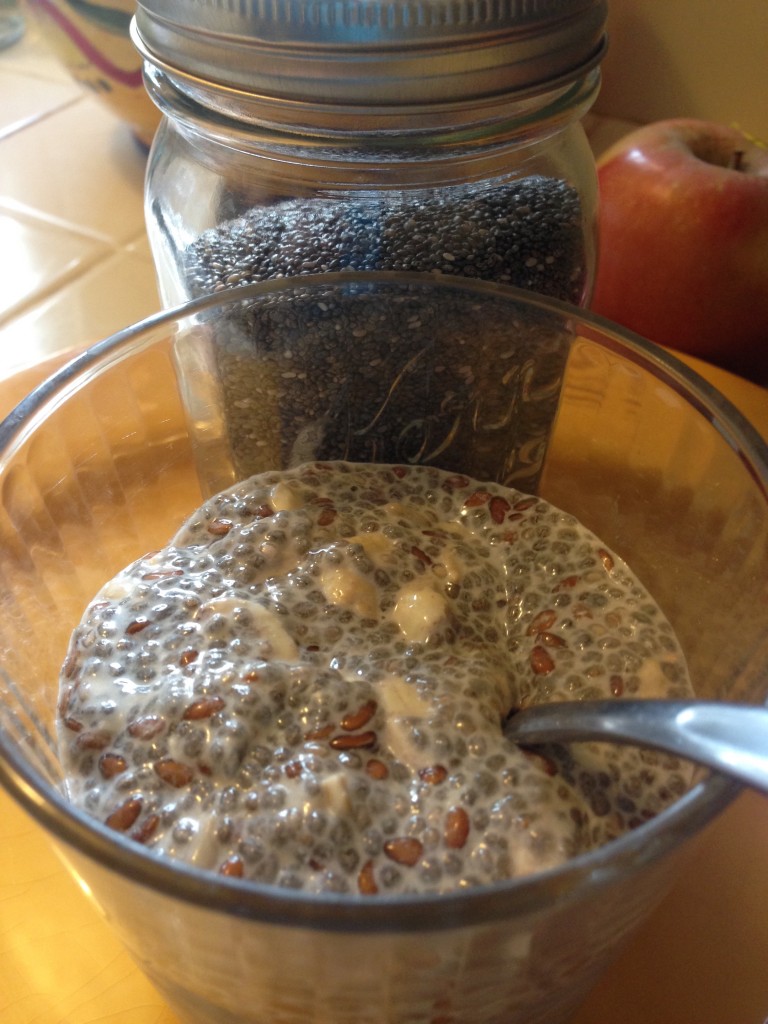Béchamel Sauce with Variations
The sauce everyone should know how to make
Serves 4
2 tablespoons unsalted butter or olive oil
2 tablespoons flour
1 cup warmed milk
1/4 teaspoon sea salt
1 pinch nutmeg, freshly ground, optional
Heat the butter or oil in small saucepan over medium heat. Stir in flour, mixing thoroughly as you go. Cook and stir for 1-2 minutes.
Slowly whisk in a small amount of milk to form a smooth paste. Continue until all the milk has been whisked in and the sauce is thick. Add sea salt & nutmeg to taste.
Variations:
Mornay Sauce
Add 1/2 cup grated cheese to 1 cup of hot sauce; stir over low heat until cheese is melted. Season with a little mustard or Worcestershire sauce to taste.
Velouté Sauce
Substitute chicken, beef, fish, or vegetable broth for the milk.
Herb Sauce
Add 1 teaspoon of freshly chopped herbs or 1/2 teaspoon dried herbs to 1 cup of hot sauce. Cook for a minute or two longer to get more flavor from the herbs.
Cream Sauce
Add 2 or 3 tablespoons of heavy cream to the finished sauce. For an onion flavor, add an onion slice to the milk when heating; remove onion slice before adding milk to flour and butter mixture.
Mustard Sauce
Combine 1 teaspoon dry mustard to flour used in sauce. This sauce is especially good with fish and chicken.
Biochemical Individuals:
We are all biochemical individuals and therefore nutrition information as well as exercise programs and health advice should be altered to suit your particular needs. The intake percentage for fats, carbohydrates and proteins are estimates based on the “average” person of good health. Some people need slightly more protein to feel their best, some need less. An individual with, for instance, diabetes, might consume fewer carbohydrates.
Growing children might require increased protein and good fats, etc. Most food guides use a base of a 2,000-calorie a day diet though an individual’s calorie requirements depends on their stature, level of physical excursion and any health anomalies. Recommended portions are based on this caloric number. Portion sizes have increased dramatically over the past 20 years and a portion of brown rice might now be 1-2 cups, when, for most, it should be 1⁄2 cup. Do be cognizant of your portion sizes.
There are certain constants for all; antioxidants, natural body chemicals that reduce the oxidative damage caused by free-radicals, are necessary for everyone’s health. A free radical is an unstable molecule with an unpaired electron, which can cause oxidative damage to cells or tissues. Antioxidants scavenge and destroy free-radicals and are found in leafy green vegetables such as kale and chard, as well as the carotenes such as carrots, yellow squash and sweet potatoes, etc. Free-radicals are created by such health-diminishing activities as smoking, alcohol consumption and exposure to toxins, to name a few. Vitamin and mineral supplements can be a useful tool to help maintain health and a good-quality multivitamin is recommended to boost anti-oxidant levels and other important nutrients.
A whole food is a foodstuff that is in its natural, unaltered state, unrefined state, i.e., brown rice, not white rice. Whole foods offer the health-supporting nutrients required for optimum health and should be a part of everyone’s diet. Avoid processed foods and consume nutrient-dense whole foods.
The glycemic index is a system, which measures the extent of which various foods raise blood sugar levels. The benchmark is white bread, which has a GI (Glycemic Index) of 100: the higher the score, the greater the extent of the rise in blood sugar. A starchy vegetable such as a potato or yam has a higher GI score than that of a non-starchy vegetable such as kale or spinach. Diets full of high-glycemic foods can lead to insulin resistance, obesity, unhealthy levels of blood fats and possibly adult-on-set diabetes.
Whole-grains, as an example, have a lower GI than their refined counterparts (again, the example of brown rice to white rice) as the fiber in the whole grain slows the absorption of sugar into the system.





